When you’re planning the construction of a new care home, there are many stakeholders and parties involved at different stages. Whether you’ve opened multiple homes already or are planning your first new care home, GHM Care have been involved with dozens of new homes and can assist at every relevant stage to ensure all of your tech is installed on time and as cost-effectively as possible. Here are the key phases of constructing a care home and how we support each stage:
Phase 1: Planning and Development
GHM Care work closely with land development specialists to help review the availability of communication services. It is important to understand what connection options the new building will have access to, especially now that technology plays such an important role in the day to day functions of a modern care home. For example the ever-increasing use of IT based care applications e.g. care monitoring and medication delivery, means that good connectivity is required both inside the care home and externally.
Phase 2: Building Design
As this stage it’s key to understand the layout of a building and the impact it will have on WiFi coverage and other key tech installations. With care teams becoming more reliant on technology to help with resident alerts and to record care staff activities, it has become vital that infrastructure, like cabling and WiFi, are designed appropriately.
This is also true to be able to offer residents and their visitors suitably secure connectivity for the devices they wish to use within the home. Many residents wish to use their mobile phone and tablets within their rooms, helping to keep them connected to family and friends.
We advise when and where each piece of tech needs to be factored in and the infrastructure required. This is by far the most cost effective time to do this and fitting infrastructure retrospectively can be costly.
Phase 3: Build Phase
During the actual build of a new care home GHM Care take an active interest in the development. Although our role is relatively small and at the end of the project, we like to ensure that progress with the communication ducts, comms room planning and internal cabling are all on track. A minor issue during the build phase often becomes a major problem at handover, the point when it’s too late and too expensive to make adjustments.
If GHM Care can point out the minor issues early, relating to communications, then we help streamline the later installation of communication hardware.
Phase 4: Launching Your Marketing Suite
With the ongoing removal of analogue services from telephone exchanges across the UK, GHM Care have developed a simple solution to ensure marketing suites can take sales enquiries, whilst the home is still under construction.
We achieve this by allocating the home its main local telephone number early (often our clients can select the number themselves). We then ‘point’ this number to the marketing/sales staff so they can begin to take sales enquiries early in the build phase. The main telephone number can be promoted on websites, leaflets and around the wall boards surrounding the construction site.
Phase 5: Installation of Equipment
Planning and scheduling play a vital role for the successful implementation of communication equipment. GHM maintain regular contact with both the main contractor and electrical subcontractor to ensure we plan our works for the right time, and that the new building services are ready for when our engineers attend site.
We oversee the connections (primarily IT connections) from the local exchange, as we cannot fully test our equipment (phone systems and WiFi) if these services have not been installed. GHM are often asked to provide temporary IT connectivity to ensure the internal systems can be witness tested, therefore avoiding costly delays that the contractors might otherwise face.
Phase 6: Staff Training at Handover
Although care home staff are thoroughly trained on systems at the point the building is handed over, GHM understands the importance to refresh training regularly over the coming months, to help ensure care home staff are using devices and technology effectively.
Inevitably staff will change over time so we make sure new staff know what help is available and to make sure helpful features and functions are not forgotten.
